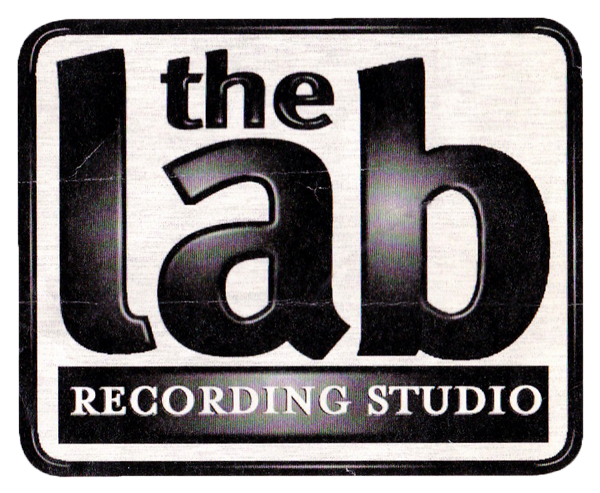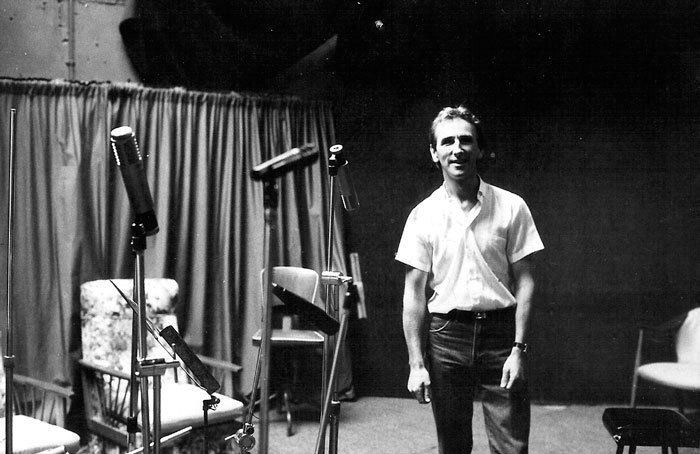
Bill Lattimer
Studios are often pivotal in the evolution of a record label. So it was with Auckland's The Lab, where some important early Flying Nun recordings were made. Since those beginnings in the early 1980s, the studio has remained a part of New Zealand's musical landscape.
Bill Lattimer's motivation to open The Lab in 1981 came from his experience of Auckland's commercial recording studios.
“There was a culture then where they thought they were shit hot and you weren't,” Lattimer remembers. “It wasn't a crusade, it was just an observation: ‘I can do better than this.’ ”
The Lab opened in November 1981 on Fanshawe St in what had been the Squeeze nightclub.
Growing up in Newcastle Upon Tyne in the north of England, Lattimer had “messed about with tape recorders” from the age of 10. When he moved with wife Pam to New Zealand in 1970, the idea emerged to start a small studio for musicians like himself, who could never afford to record in a larger facility.
During a period living in the United States during the mid-1970s, Lattimer worked unpaid in a studio in Portland, Oregon, and learnt a lot about the trade.
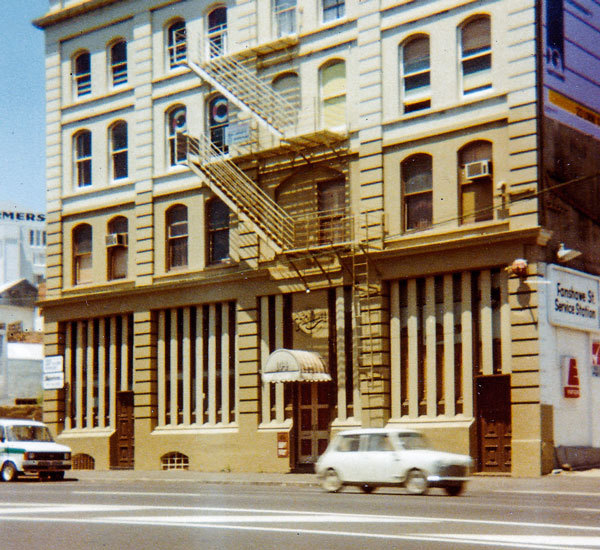
The Lab in Fanshawe Street, Auckland, 1981
Back in Auckland in 1979, he began planning his own venture, and The Lab opened in November 1981 on Fanshawe St in what had been the Squeeze nightclub. The 4-track studio was in a basement on reclaimed land, which posed some unique challenges.
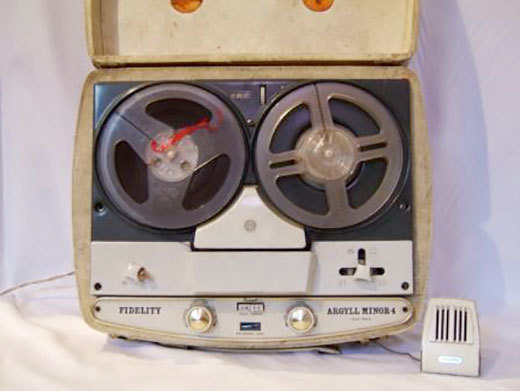
The Argyll Minor 4-track machine puchased by Bill Lattimer as a kid (and one he still owns)

The Lab's original 4-track, a machine which captured many a New Zealand classic
“I reckon my health suffered terribly,” Lattimer says. “In the winter the tide would rise and once every four weeks you were parallel with the water, so we'd get flooded. But when it was happening in the summer and it was dry, it was a great little studio.”

Bill Lattimer recording The Fold at The Lab in 1985
The first band to record at The Lab was called Mamlish, to whom Lattimer offered a cheap rate to see whether his engineering skills were up to the task. Another early client was The Mockers, who paid $120 to record 12 tracks for a demo to take to record companies.
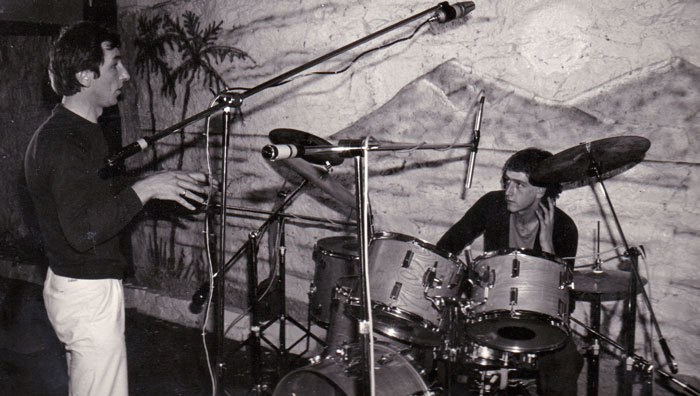
Bill Lattimer and Craig Mason in the Fanshawe Street Lab
“It was great working with bands like that,” Lattimer says. “You'd throw a microphone in front of the kick drum and the guy had it all tuned. Whereas the semi-pro bands were fun but they didn't know their gear.”
Those part-time bands offered a steep learning curve, as Lattimer learnt to pull sometimes chaotic recording sessions together.
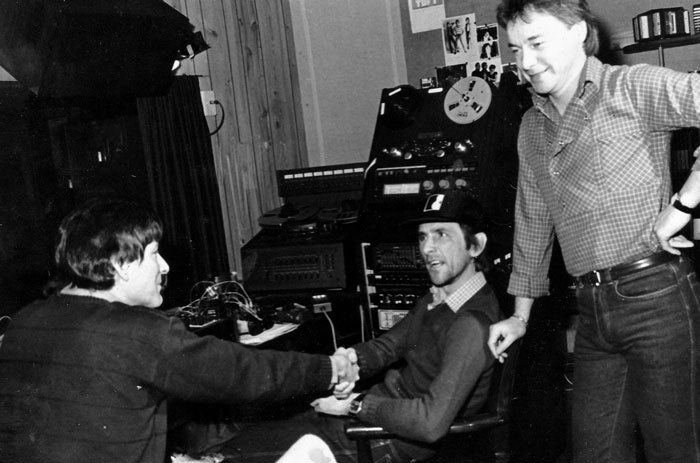
Murray Hancock, Bill Lattimer and Shane Hales
Soon the affordability factor attracted more ambitious acts, including several from Dunedin who were in the process of forging a signature sound. In mid-1982, The Chills, The Verlaines, and Sneaky Feelings travelled north to perform in Auckland, and all recorded at The Lab.
Out of those sessions eventually emerged the ‘Pink Frost’, ‘Death and the Maiden’, and ‘Be My Friend’ singles respectively.
“The original Lab Studios was quite dark and muffly, tight and exciting,” The Chills' Martin Phillipps recalls. “It was technologically very crude by today's standards, but there was that thrill of discovery and of having your friends along – as well as people you could trust, like Chris Knox and Doug Hood, to make sure that you didn't get carried away.”
Hood engineered for all three bands, while Lattimer remembers Knox sitting at the back, writing and drawing.
However his main memories of those recording sessions are of the haunting nature of ‘Pink Frost’, a song that was later completed at Auckland's Progressive Studio.
In the wake of these recordings The Lab became the studio of choice for various other Flying Nun related artists.
“There was something incredibly special, and if you heard it you knew,” Lattimer says. “The sound of stuff like ‘Pink Frost’ I think was to do with a plate reverb we had. And we also had a cavern, which was made for explosive things in another life, with huge walls and a big steel door. I'm positive I set up the drums for ‘Pink Frost’ in there.”
In the wake of these recordings The Lab became the studio of choice for various other Flying Nun related artists.
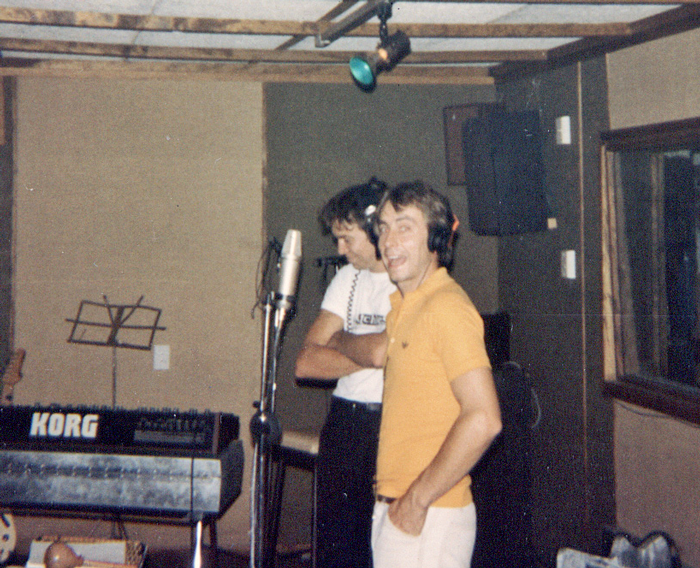
67 Listener's Mike Halpin and John Stevens at The Lab in Fanshawe Street, 1983
During this time Lattimer upgraded the recording equipment to 8-track and then 16-track, and in 1985 he moved the studio to Akepiro St in Mt Eden, above Jansen Audio.
Bands including Look Blue Go Purple, Goblin Mix, and The Doublehappys recorded there, with every space in the building being put to use.
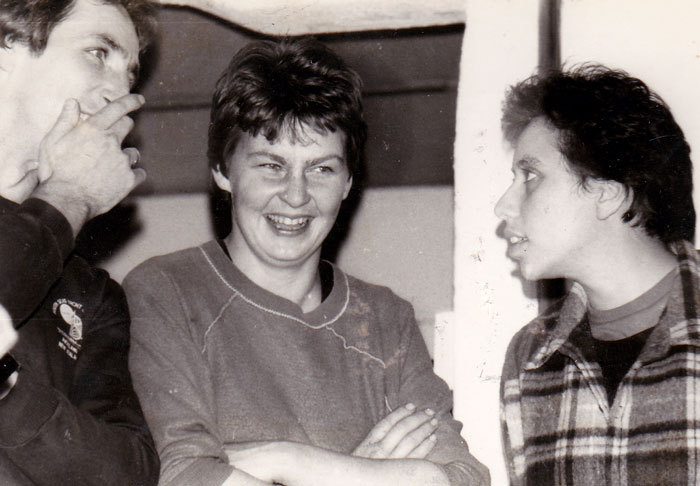
Lynda Topp at The Lab, flanked by Bill Lattimer and Mahinārangi Tocker
Soon Lattimer decided to open his own music instrument shop on Symonds St in central Auckland, and in 1986 he relocated The Lab into the large warehouse at the rear of the shop.
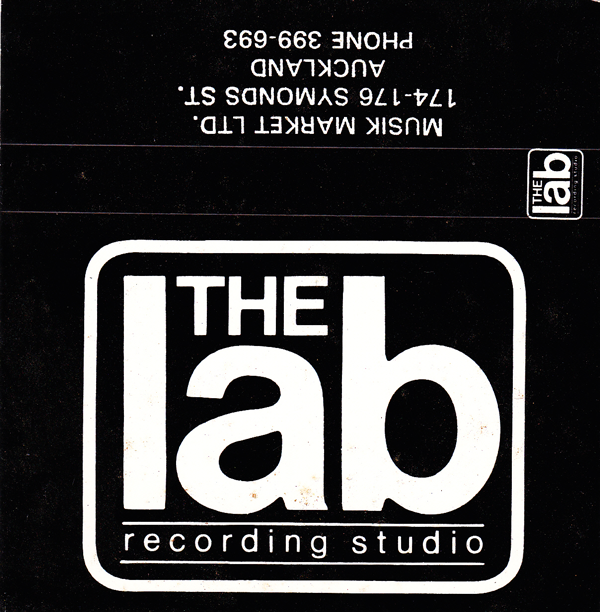
Countless of these cassette covers left The Lab in the 1980s with musicians, producers, labels and agencies
“We had two businesses running out of the same building,” Lattimer says. “I decided I wouldn't do any soundproofing on the roof so we left the skylights with the light streaming in, and I put a parachute up to stop some echo. We put a lot of work into the control room in Symonds St to try and get it right.”

The entrance to The Lab, off Symonds Street, 1987
As he was busy looking after the shop and his young family, Lattimer began hiring other people to look after The Lab. Foremost during the mid-1980s was bassist Terry Moore from The Chills, who was a meticulous and talented recording engineer.
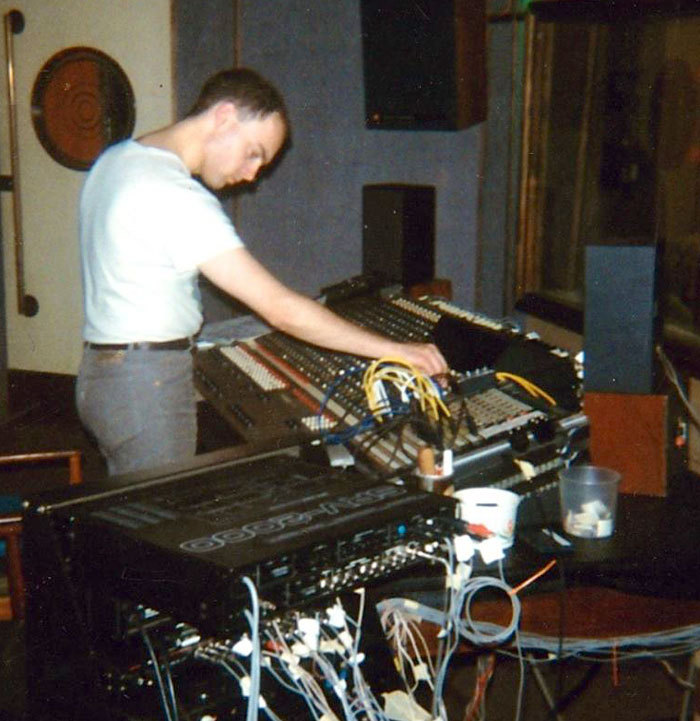
Terry Moore in The Lab, Symonds Street, 1988

The Able Tasmans in The Lab, 1988
Moore worked with Dunedin band Straitjacket Fits, producing their 1987 debut EP Life in One Chord, and their Hail album the following year. While Lattimer wasn't involved in the recording other than as an observer, he remembers the occasion well.
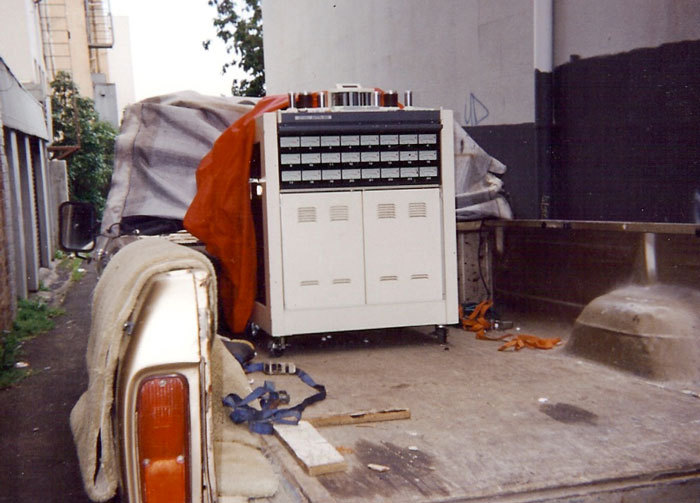
The arrival of the 2-inch 24-track machine at the Lab, Symonds Street, 1989
“Prior to them coming in, Terry decided to take the new $70,000 desk apart, to my horror,” he says. “He had all the faders out in a bath of tricoethylene, and he said 'I'm cleaning the faders, Bill, because this is a big job'. A week later they came in and Terry proceeded to amaze me yet again by taking the bloody drum kit apart - every screw, and cleaning it and putting on new skins.”
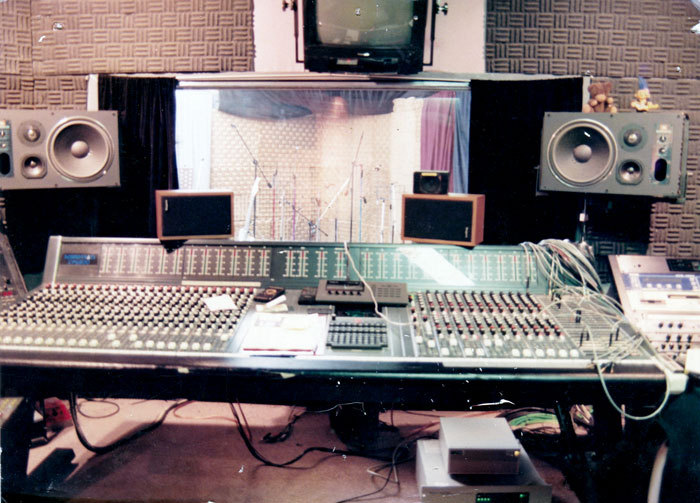
The Soundtracs desk at The Lab, 1989
It was at Symonds St that Lattimer experienced one of his biggest thrill as a studio owner, when The Shadows visited to rehearse. Lattimer had the opportunity to meet his childhood hero, guitarist Hank Marvin, who was also from Newcastle.
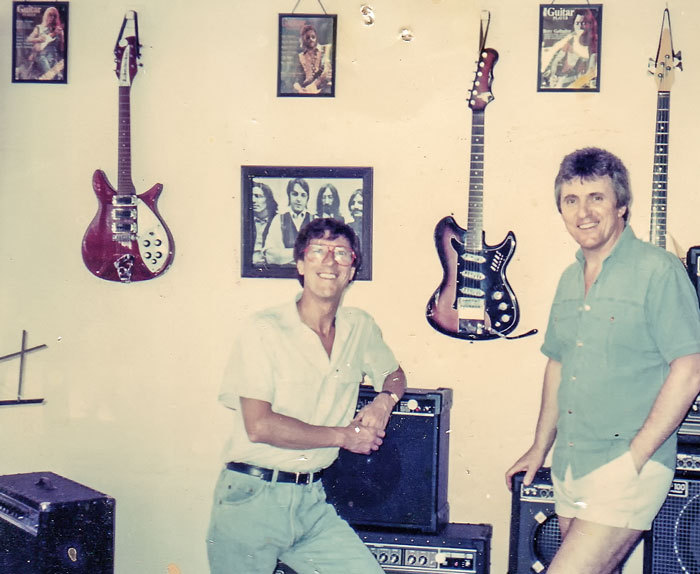
The Shadows' Hank Marvin and Bruce Welch at The Lab in 1987
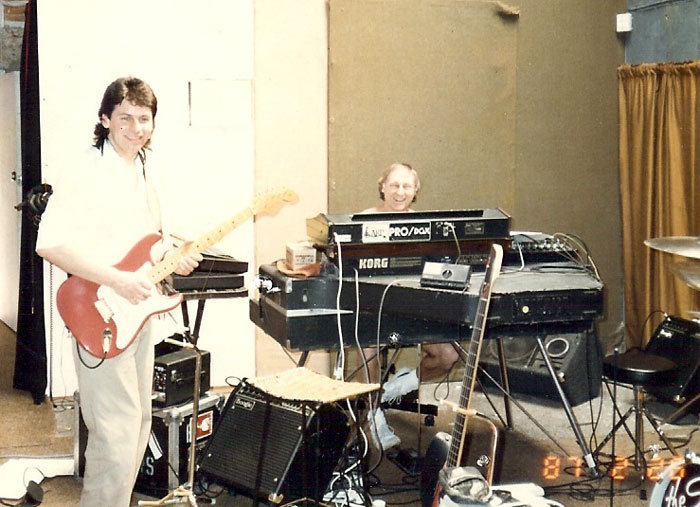
The Shadows recording at The Lab in 1987

Cliff!
“'Hello Hank, how's it going?' 'Oh you're a Geordie! Well, how's it going bonnie lad?'” Lattimer recalls of the exchange. “He was such a gentleman. It was a nice little time in my life.”
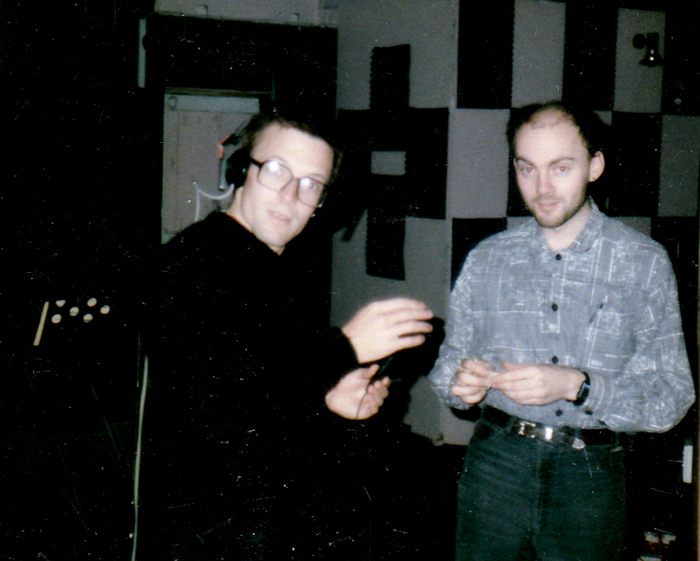
Otis Mace and Terry Moore recording Otis' Little Critters EP, 1986
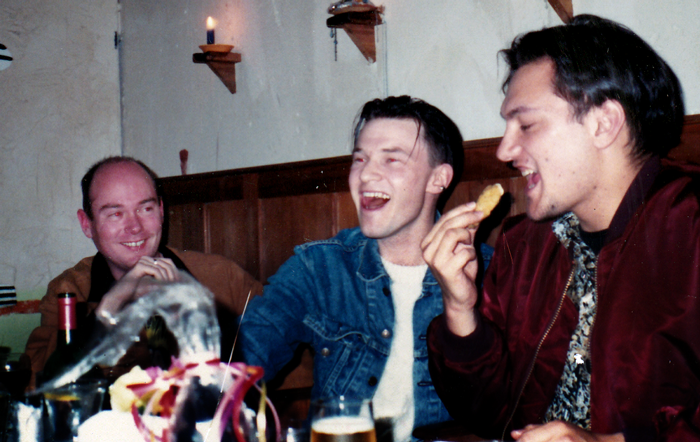
Paul Casserly, Greg Johnson and Mark Tierney during a break recording the Strawpeople at The Lab
As inner-city Symonds St was redeveloped, The Lab moved again in 1998, this time to a large space beneath the old Crystal Palace Ballroom in Mt Eden.

Bill Lattimer in 1987 - Photo by Terry Moore
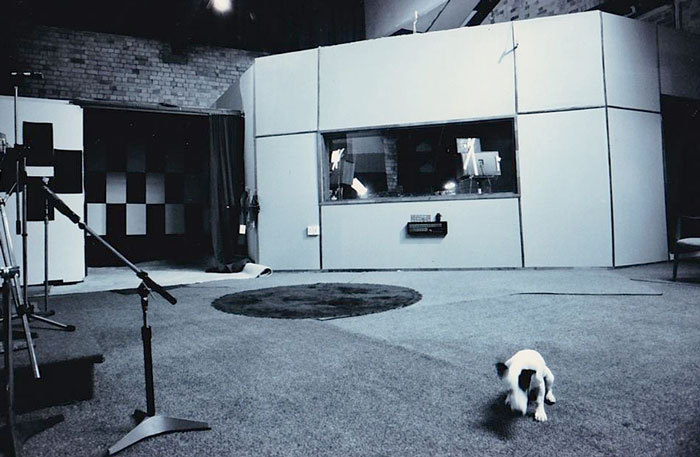
The Lab in Symonds Street, 1986 - Photo by Terry Moore
Engineers such as Matthew Heine and Mark Tierney attracted a cross-section of New Zealand acts, and the likes of Hallelujah Picassos, Greg Johnson, Strawpeople, MC OJ and Rhythm Slave, and Garageland recorded at the studio.

Paul Casserly and Greg Johnson at The Lab. Both Greg and the Strawpeople have recorded two albums at The Lab.
Lattimer, Tierney, and promoter Kane Massey also launched the Deepgrooves label in 1991, helping to document Auckland's urban music scene.
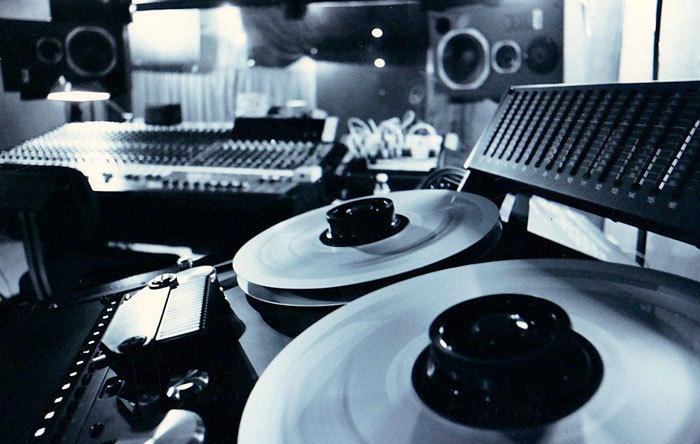
The Lab around 1988 - Photo by Terry Moore
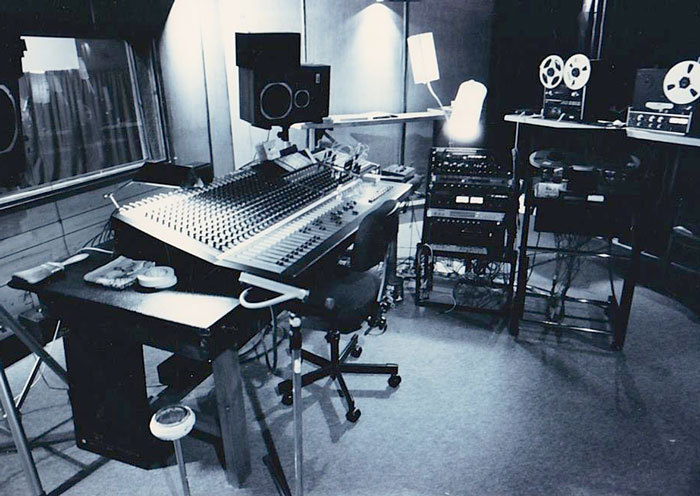
The Lab's control room in 1988 - Photo by Terry Moore
In 1989 a new Soundtracs mixing desk arrived, and in 1994 a 24-track Otari machine. At the dawn of the new millennium Lattimer joined forces with College Hill Studios, a partnership that brought further improvements to The Lab.

The Exploding Budgies' Glenn Eisenhut at The Lab in 1989
Now one of New Zealand's best professional studios, it is home to an enviable array of recording equipment, at the centre of which is a custom 53 series Neve console that once lived at Granada TV in Manchester.
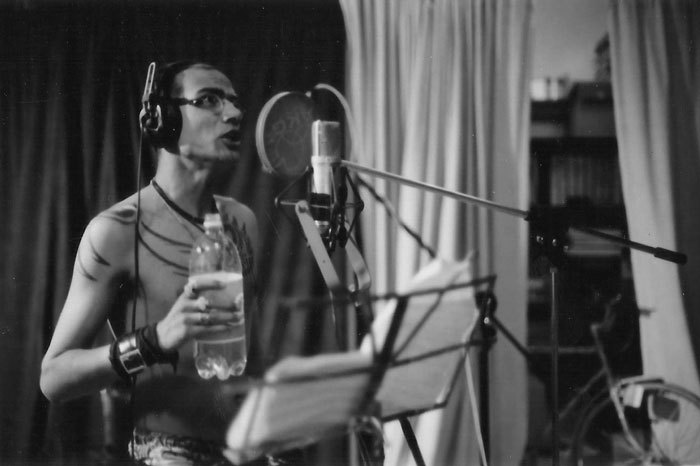
Roland from Hallelujah Picassos in The Lab in 1994 - Peter McLennan collection
With engineer Olly Harmer at the helm, The Lab has in the last decade been involved in recordings by Blindspott, The Naked and Famous, Die! Die! Die!, Don McGlashan, Elemeno P, Lawrence Arabia, Opshop, and many others.
Lattimer is still a director and he works closely with The Lab engineers as an overseer, but the studio has evolved into a very different proposition to what it was in those early years when he was in the control room.

Wayne Bell and Greg Fleming, The Lab 2013 - Photo by Ted Bahurst
“He was a genuine part of the team,” remembers Martin Phillipps. “And part of the whole Flying Nun experience, and the musical movement of the time within New Zealand. “(Music) became a lonelier profession when people like Bill Lattimer were no longer in the immediate mix.”
–
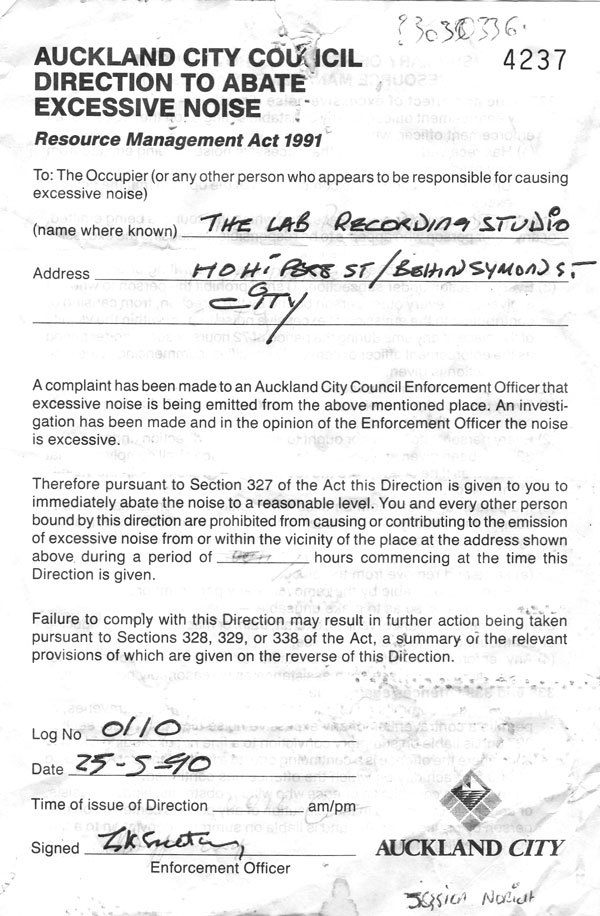
A noise complaint from the Auckland City Council in 1990 - oddly it is empowered by an act that had not yet been passed (1991)
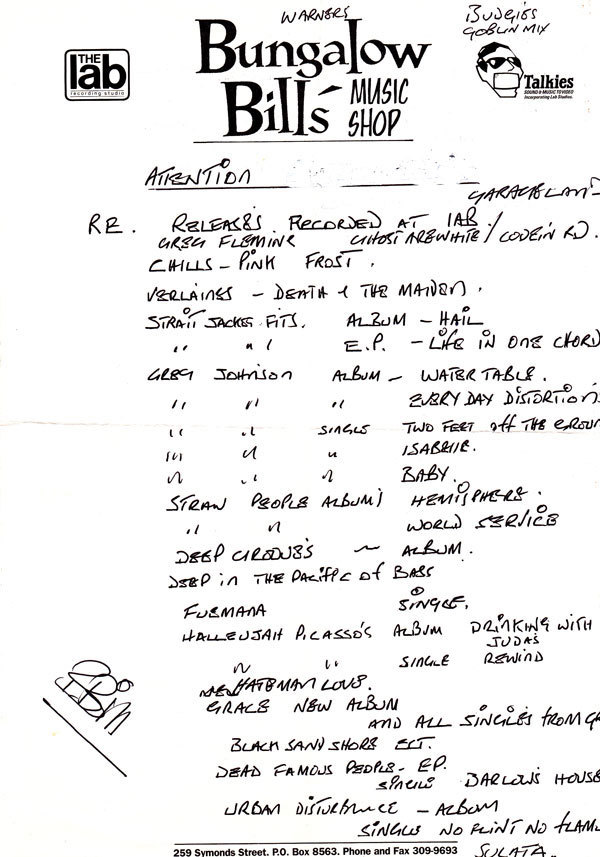
A partial list of the records and CDs recorded at The Lab in the 1980s and 1990s
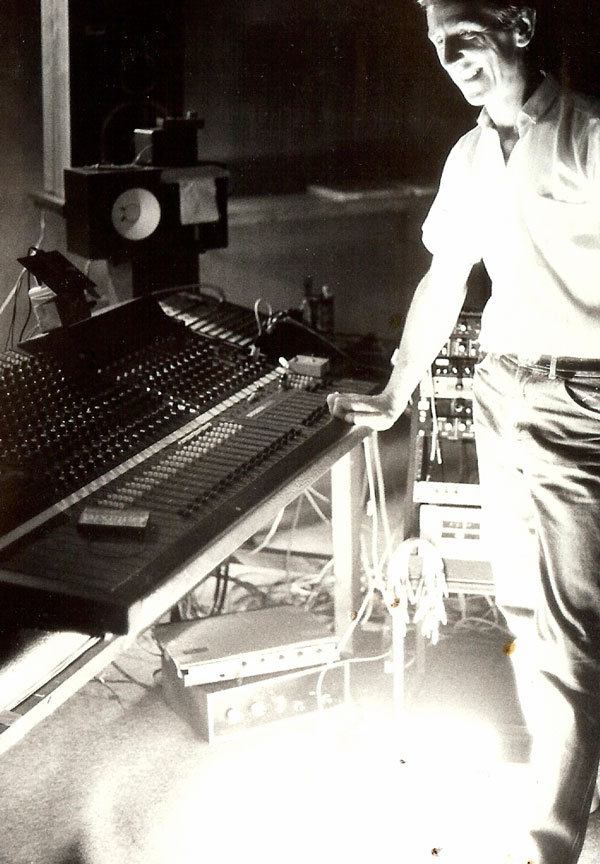
Bill Lattimer at The Lab
